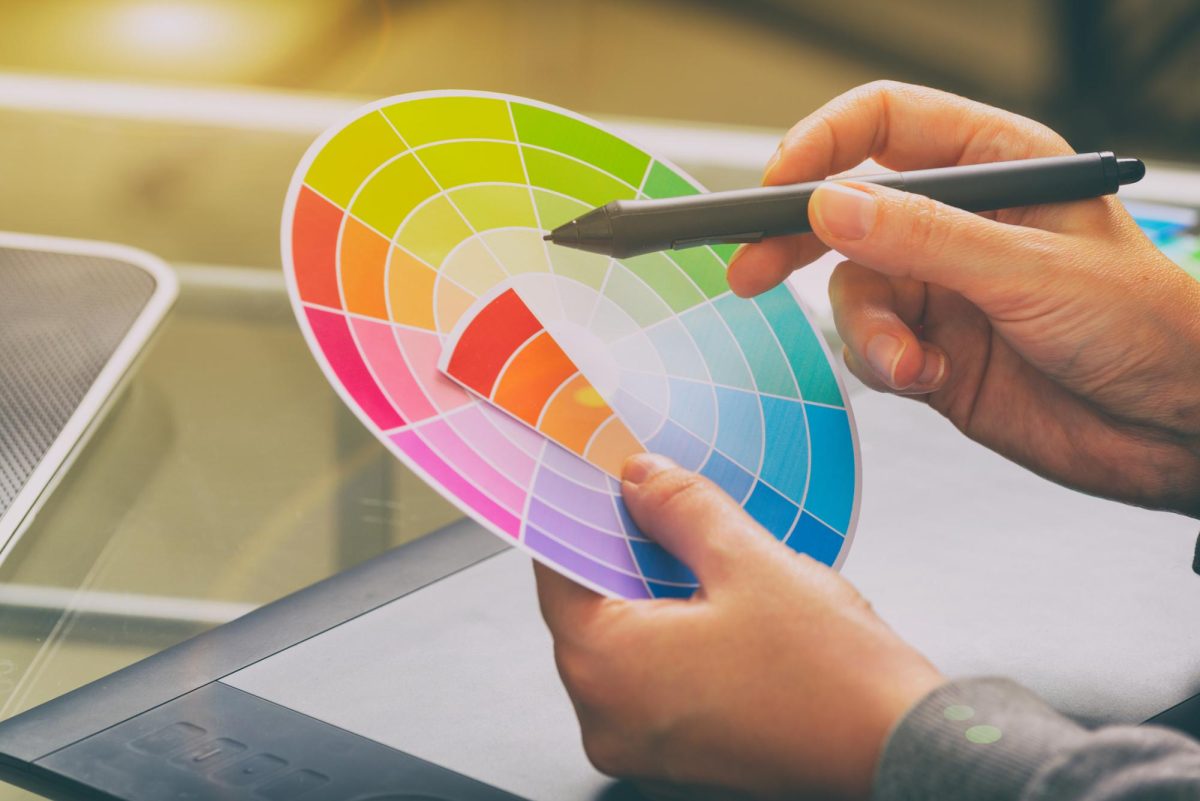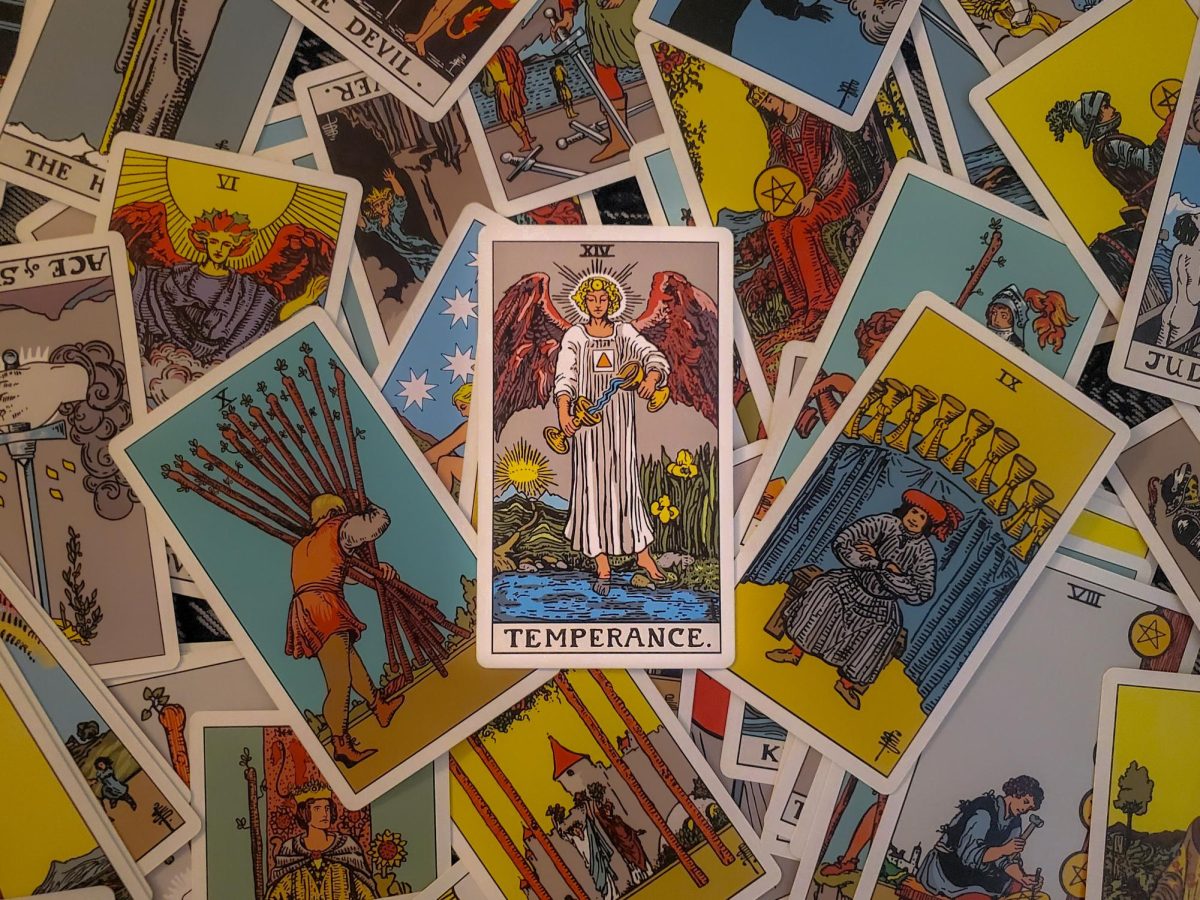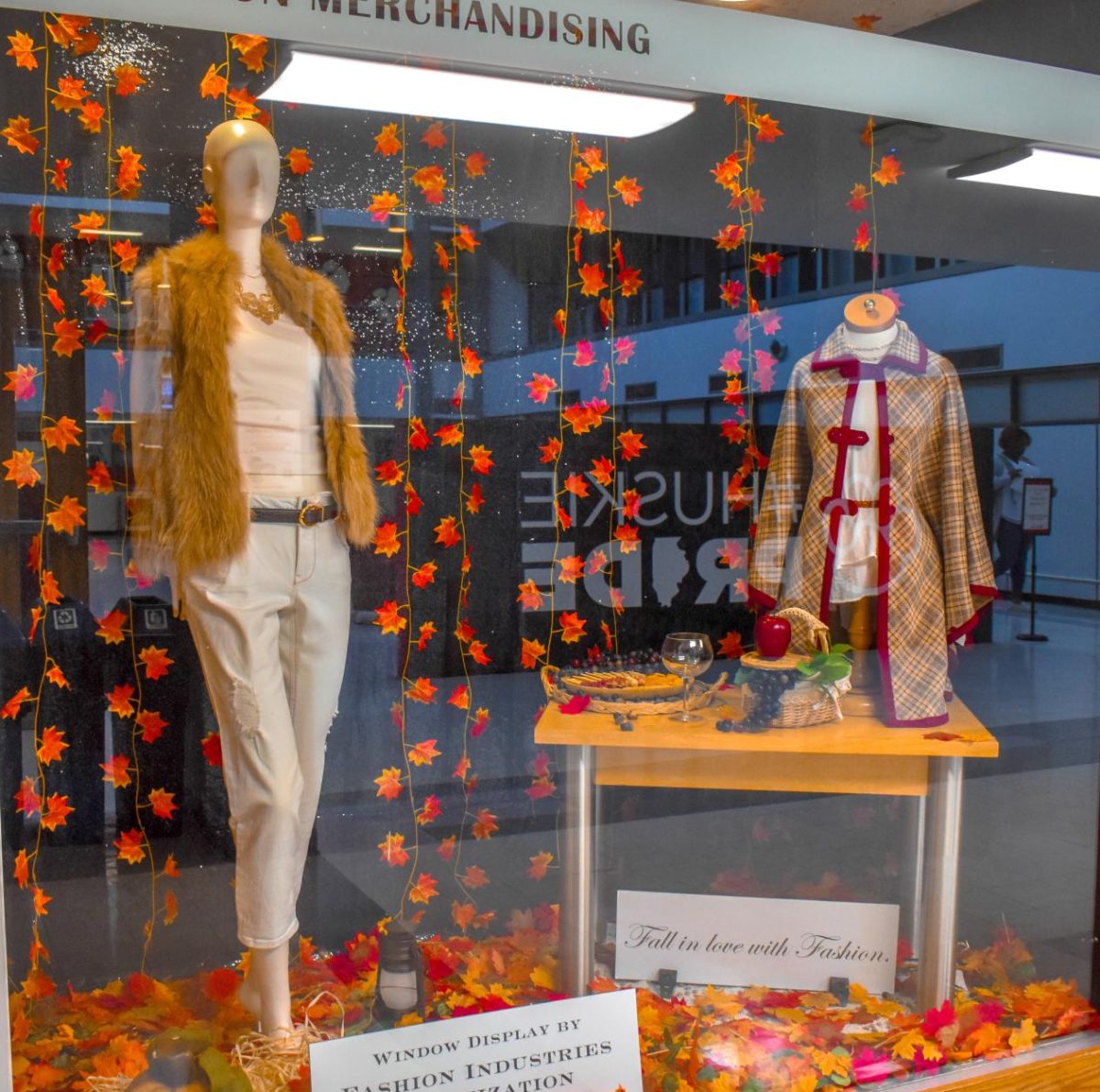You walk into a room where the furniture is yellow, green, blue and red, and the walls are painted with the same colors. As you look around, you start to feel nostalgic as the memories of childhood start flooding through.
As humans, we begin to develop an emotional connection to colors from our early childhood.
“Warm colors elicit happiness and comfort” according to Handy Handouts. “Bold shades of red, orange, and yellow can stimulate the mind and have an energizing effect on the body.”
The colors yellow, green, orange and red are most common in spaces for younger children. This is to make the children feel energized and excited, so they can thrive in that environment.
As an adult, red is meant to signal passion, desire and excitement. Women tend to wear this color to appear more attractive and alluring. Wearing the color red also shows confidence and boldness.
Color is a powerful tool that can be used to signal action, influence mood, invoke feelings and trigger memories.
“Lifestyle choices change how we perceive color and use it as the decades go on,” said Janelle O’Malley, the recruitment coordinator for the art department at NIU.
Colors have been associated with certain objects and situations for a very long time and have changed over the years.
“I love to wear the color pink because it makes me feel girly and feminine,” said Sidele Anyang, a sophomore health sciences major.
Since the original “Mean Girls” movie and the “Barbie” movie, pink has become a popular color.
People started to wear pink more to honor the “Barbie” movie, but they also wore it to feel confident and feminine.
STEREOTYPES
Women are known for wearing pink because it makes them feel linked to their feminine energy, connecting them to their beauty as a woman. For some, this connection makes them behave more softly and gently.
In some stereotypes, men who wear pink are seen as gay or weak.
In the ‘90s, Maricopa County, Arizona, Sheriff Joe Arpaio was known for his Outdoor Prison called Tent City where male prisoners were forced to wear pink underwear, pink socks and use pink towels to dry off, according to The Guardian. Arpaio made the prisoners wear pink to embarrass them and strip them of their masculinity.
Pink, a color meant to induce feelings of calmness and enhance emotional expression and affection, was weaponized to emasculate men. Pink became a color many men avoided, a color that is least likely to be in a man’s wardrobe.
To flush out these stereotypes, people must know pink is a color that makes you feel confident, sensitive and playful. The color invokes feelings of compassion thus making people more affectionate.
Pink can also have soft and gentle qualities that make people feel vulnerable, seen and appreciated. These are all things everybody can feel and should embrace instead of being ashamed of and shamed for.
ON WEDNESDAYS WE WEAR PINK
“Mean Girls,” a 2004 movie about popularity and being a bad friend, included the color pink multiple times throughout the film. This is ironic since the qualities that pink holds were not expressed in friendship between the Plastics, one of the main groups of friends in the film.
The group had a mantra that “On Wednesday, we wear pink.”
The Plastics weren’t inclusive to everyone at their school and didn’t embody the meaning behind the color pink.
To counter that, we should encourage everyone to wear pink, not just the Plastics.
Pink, which can help get you in touch with your feminine side, is OK for everyone to wear. It’s about letting loose and going with the flow, and sometimes that means being soft and receptive.
Experience this energy for yourself, a little pink won’t hurt.














